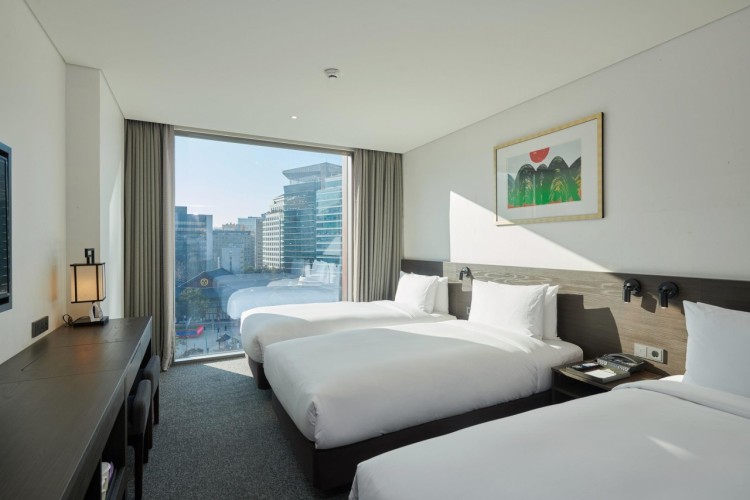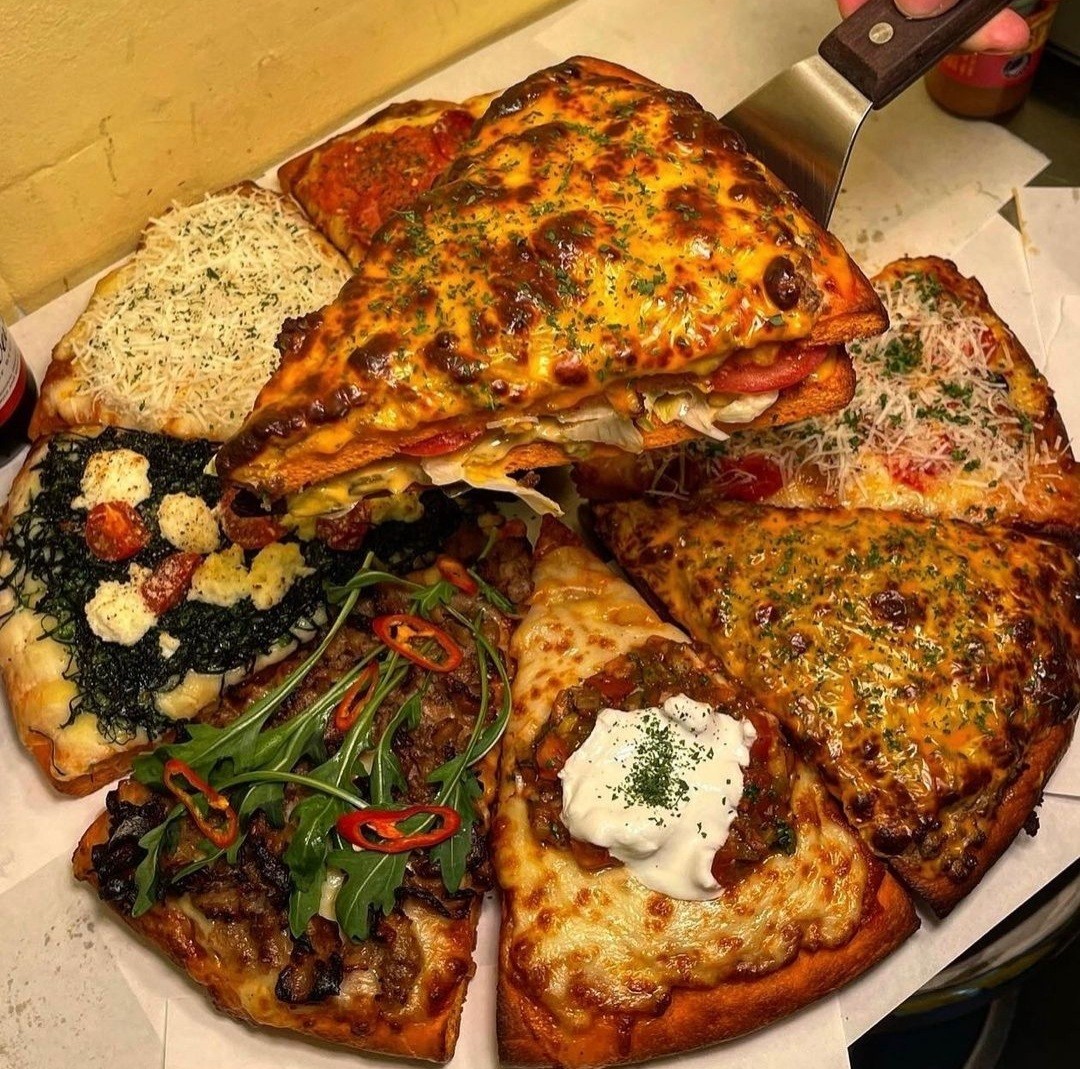Finding a comfortable and affordable hotel in Seoul can be overwhelming. If you’re looking for a … 5 Best Budget Hotels for Foreigners in Seoul – Affordable Price(2025)Read more
seoul
17 Best Halal Restaurants in Seoul – Must-Try Muslim-Friendly Food Spots(2025)
Seoul is a vibrant and diverse food destination, offering a wide range of Halal-friendly options for … 17 Best Halal Restaurants in Seoul – Must-Try Muslim-Friendly Food Spots(2025)Read more
Best Korean BBQ Restaurants in Myeongdong – Where to Eat Delicious Samgyeopsal!
If you’re visiting Myeongdong, Seoul, and craving authentic Korean BBQ, you’re in for a treat! Myeongdong … Best Korean BBQ Restaurants in Myeongdong – Where to Eat Delicious Samgyeopsal!Read more
Traditional Liquor Tasting at Bukchon: A Must-Visit in Seoul | Sool Gallery
📍 Discover the Traditional Liquor Gallery Nestled in the heart of Bukchon, the Traditional Liquor Gallery … Traditional Liquor Tasting at Bukchon: A Must-Visit in Seoul | Sool GalleryRead more
2025 Moonlight Lotus Show at Changgyeonggung Palace
Looking for a magical nighttime experience in Seoul? The 2025 Moonlight Lotus Show at Changgyeonggung Palace … 2025 Moonlight Lotus Show at Changgyeonggung PalaceRead more
Jongmyo Shrine: The Heart of Korea’s Royal Ancestral Worship
Located in the heart of Seoul, Jongmyo Shrine is the most sacred royal shrine of the … Jongmyo Shrine: The Heart of Korea’s Royal Ancestral WorshipRead more
Deoksugung Palace: Where Tradition Meets Modern History
Nestled in the heart of Seoul, Deoksugung Palace is one of the Five Grand Palaces of … Deoksugung Palace: Where Tradition Meets Modern HistoryRead more
6 Must-Try Korean Winter Snacks
Winter in Korea is not just about chilly winds and snowy streets; it’s also the perfect … 6 Must-Try Korean Winter SnacksRead more
Complete Guide to Gyeongbokgung Palace: History, Attractions, and Tips
Gyeongbokgung Palace is the largest and most iconic royal palace from Korea’s Joseon Dynasty, located in … Complete Guide to Gyeongbokgung Palace: History, Attractions, and TipsRead more
Ultimate Guide to Jogyesa Temple: Seoul’s Iconic Buddhist Sanctuary
Introduction to Jogyesa Temple If you’re visiting Seoul and looking for a unique cultural experience, a … Ultimate Guide to Jogyesa Temple: Seoul’s Iconic Buddhist SanctuaryRead more

